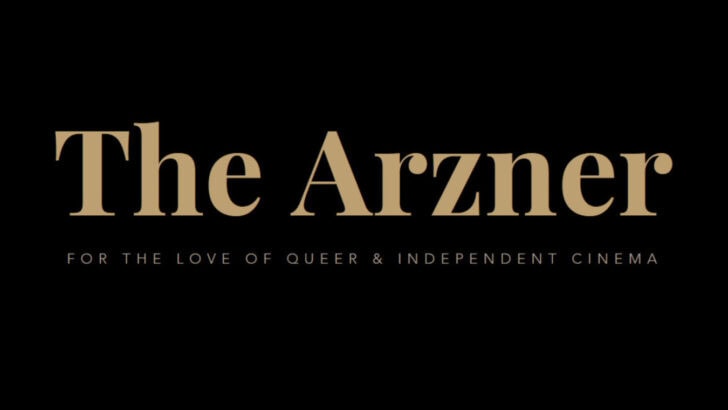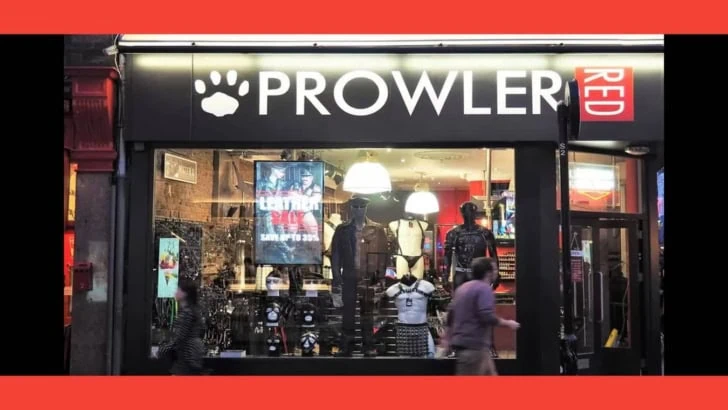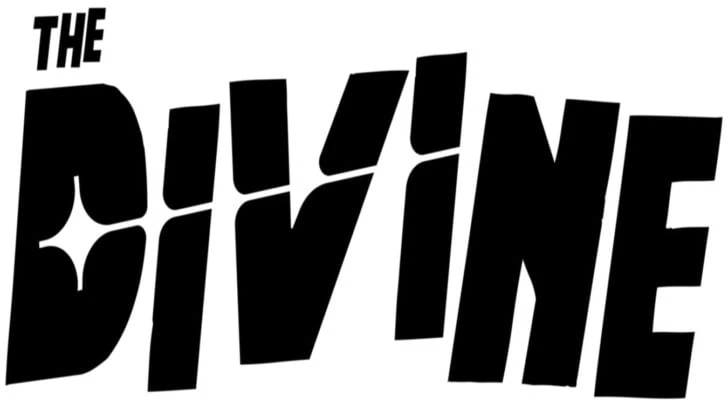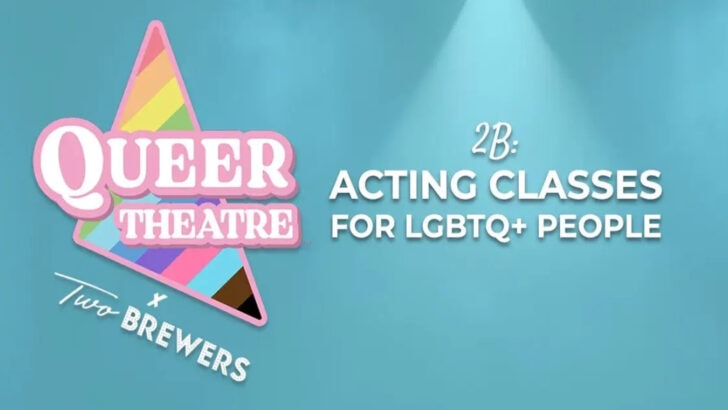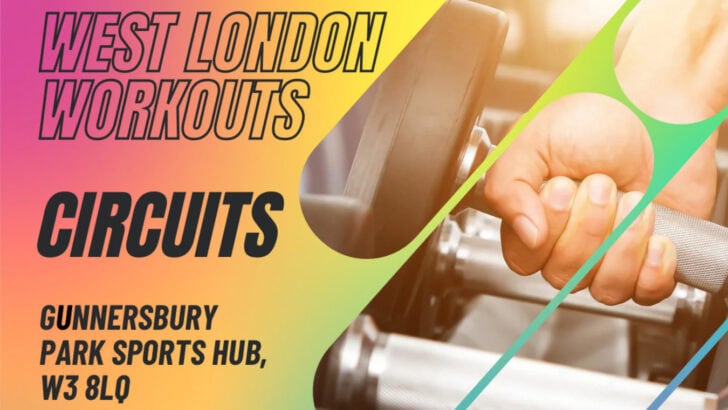Why do men dress as women on the gay scene, and how much is drag a part of our culture?
By Patrick Cash
Two girls named Fanny and Stella were making a scene at the theatre. Quaffing cheap-piss cava, they wouldn’t concentrate on the play, instead making leering noises at the blushing men in the stalls below their box. ‘He’d give me a right ragging!’ was heard cackled out over the auditorium during the suicide scene in Hamlet. At one point, a pair of pink frilly knickers landed on an unfortunate punter’s head.
Escorted from the building by grim-faced ushers, the pair assumed they’d just carry on partying in the pub next door. Unfortunately, they were instead arrested and taken to the local police station, where they were stripped of their clothes. Then the (two) biggest shock(s) emerged.
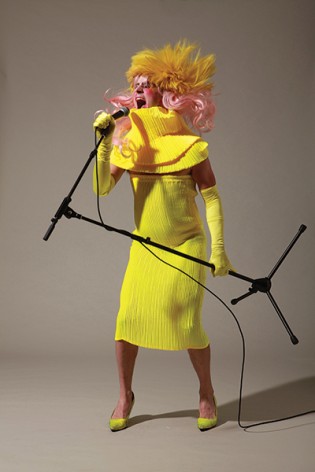
Admittedly, this was 1870. You can read the duo’s full story and their ensuing public trial in Neil McKenna’s excellent book Fanny and Stella. Since the nineteenth century our queer culture has been associated with subverting ‘male’ and ‘female’ social roles, and creating anarchic, gleeful chaos. Why?
‘I got into [the drag aesthetic] first of all because I saw it was the antithesis to the gay scene in the West Village and Chelsea in New York,’ says East End performance artist Jonny Woo (right). ‘The prevalent New York style scene of the late 90s – which we had a bit over here too – was the body and look as very generic, very conformist, anti-feminine, pretty fucking misogynistic actually.
‘Not blatantly woman-bashing but an exclusively male, action-man scene and not in a fun way. That was where the drag started. It was a reactionary thing and very creative and an outlet for dressing up too, my looks were always very different. I was much fitter back then because I was dancing, not even 30, so it was a smear of lipstick, a jockstrap and a string of pearls.’
Isn’t it crazy that some are still shocked by men dressed as women? For examples why, we can look at Oscar Pistorius’ bullets though the bathroom door, Elliot Rodger’s shooting spree because girls wouldn’t sleep with him, and the hatred spewed at Emma Watson after her #HeForShe speech. View the hilarious/abhorrent website Return of Kings, ‘a blog for heterosexual, masculine men’, where most popular articles include ‘Street Harassment Is A Myth Invented By Socially Retarded White Women’.
“Drag for me is the ultimate queer aesthetic. It has limitless possibilities to challenge, distort or disrupt conventional notions of gender and sexuality. I consider myself a female surrealist and enjoy nothing more than twisting the preconceived ideas of female/femininity and also the tropes and traditions of drag itself in my work.” – Meth
We as gay men know exactly what it’s like to be perceived as inferior in the eyes of certain men who believe strongly in army, monarchy and their own cocks for brains. You can either internalise this homophobia, and become a ‘MASC-ONLY NO-FEMS NO-CAMPS STRAIGHT-ACTING DOM TOP’ cunt on Grindr, or rebel against the oppression.
Drag is a glorious form of queer rebellion. It highlights the everyday performances of gender. If a boy and girl grew up isolated on a desert island, do you think they’d try and craft trousers for him and a skirt for her from hemp and palm leaves? These are social costumes assigned from birth, like the colours blue and pink. Or the ludicrous and damaging concept that a ‘real man’ must be strong by eschewing essential elements of human nature, like emotion, sensitivity and falling out of a cab in six-inch stilettos.
Director Nick Blackburn and David Hoyle. (Photograph: Lee Baxter).
‘I wouldn’t call it drag personally,’ says David Hoyle of his own performance art. ‘Because drag usually is one gender emulating another, and I don’t believe in gender. I never pretend to have breasts or a vagina. If I put a frock on, I put it on as I am physically. All gender is a performance. It’s part of our brainwashing: for control and making us feel ripped apart so we can never heal and come together and change the world.
‘The idea that an item of clothing can have a gender of its own is ridiculous, it’s just a piece of material cut in a certain way. People on the queer scene are more free of this gender brainwashing and can see it for what it is, which is nonsense, and can take a bit of this and a bit of that and become their own hybrid. Why not?’
I ask David if he sees drag as an undermining of patriarchal culture?
‘I hope so. I think they’ve had a good run for their money and they’re absolutely vile. And because of patriarchy we live on a planet of perpetual war, so the sooner we get rid of them, the better. I pray for that happening; I really do hope that the cancerous evil that governs us dies.’
In this context, drag becomes an inherently political tool. From Dame Julie Paid doing dirty innuendos in Molly Moggs on Sunday afternoon to the magnificent Hoyle himself strutting across the RVT in a dress made of Sainsbury’s carrier bags, the performance onstage exposes the performance of society. Not only of gender, but a falsity rooted into its very heart; the performance of money and work.
From reducing yourself into the iron maiden of a ‘PR man’ or a ‘bartender’ or a ‘journalist’, to the everyday interactions when you hand over your money with its imaginary value to the disturbingly smiley person pretending to be a Starbucks barista, we’re constantly engaged in artifice. Ever heard the phrase ‘it’s a dog’s life’? Dogs know what’s real and important: eating, playing, sleeping, happiness and love. Dogs are rarely depressed.
Queers have traditionally stood somewhere outside this performance-led culture, experiencing an internal reality for which there was no recognized external performance until 1969. That internal reality was a truth on a fundamental level with love and happiness, which made us more able to view the cracks between the pavement of traditional male/female divided culture. Drag arose like flamboyantly glittered and sequin-covered weeds from those cracks.
Now that gay culture supposedly has been given its place in mainstream society, with equal marriage and the rainbow flags that drift in Soho, drag still flies the filthy-tongued banner for the different and the radical. It speaks of an alternative truth, a realer truth, glimpsed in a false-eyelashed wink. Maybe it seems that society can’t be changed, but let’s not forget that it was the drag queens who first fought back against the police raid of Stonewall ‘69. With a nail-varnished punch, gay liberation began.
Perhaps drag speaks to us all of hope and human warmth, in a corporate world that encourages cold hearts.
• ‘Fanny & Stella: The Young Men Who Shocked Victorian England’ by Neil McKenna is published by Faber & Faber. *The pair of pink, frilly knickers mentioned in the first paragraph may have been a drag-like creative license.
• Jonny Woo’s East London Lecture begins at The Rose Lipman Building, (43 De Beauvoir Road, Haggerston, N1 5SQ) on Thursday 27th November. The show is in collaboration with The Mill Co Project. £10, £8 concs students and local residents.
• David Hoyle presents ‘I, Victim’ as part of Sacred at the Chelsea Theatre (World End’s Place, Kings Road, SW10 0DR) on Friday 21st and Saturday 22nd November. Directed by Nick Blackburn.
• Hoyle also presents ‘Illustration’ on Thursdays in November at The RVT (372 Kennington Lane, Vauxhall, SE11 5HY), doors 7pm.






